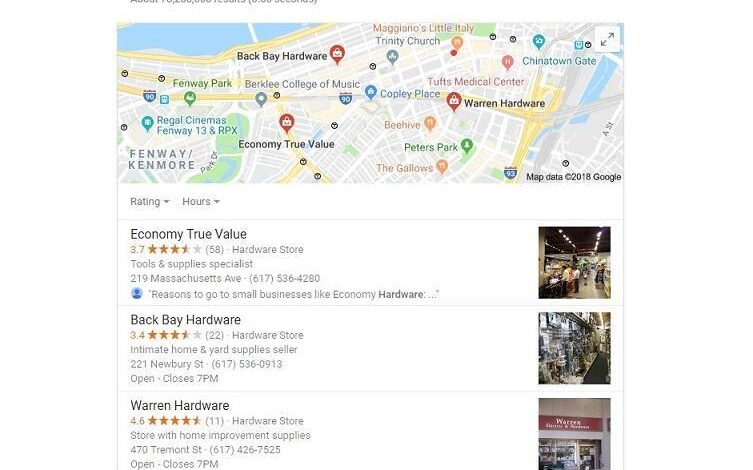How to Get on the First Page of Google By David Aziz

Getting on the first page of Google is the holy grail of digital marketing. With over 90% of searchers never venturing beyond the first page, securing a top spot can mean the difference between obscurity and massive traffic. Whether you’re a business owner, blogger, or marketer, understanding how to reach that coveted first page is critical to your success online.
In this guide, I’ll break down the essential strategies that can take your website from buried in the search results to proudly ranking on the front page of Google.
- Understand How Google Works
Before trying to rank, you need to understand what you’re dealing with. Google’s search algorithm is complex, but at its core, it aims to provide the most relevant and high-quality results for every search query. It uses over 200 ranking factors, including content quality, backlinks, user experience, mobile-friendliness, and page speed.
Google bots crawl the internet, index content, and use these ranking signals to determine where your page should appear in the results. Your job is to optimize for these factors so your site becomes the most logical answer to the user’s query.
- Start with Keyword Research
Keywords are the foundation of SEO. If you want to rank on the first page, you need to target the right keywords—terms your audience is actually searching for. Use tools like:
Google Keyword Planner
Ahrefs
SEMrush
Ubersuggest
Look for keywords with a good balance of search volume and competition. Long-tail keywords (e.g., “best budget DSLR for beginners”) may have less search volume, but they’re easier to rank for and often show higher user intent.
Don’t stuff keywords—use them naturally in titles, meta descriptions, headers, and throughout your content.
- Create High-Quality, In-Depth Content
Content is king. Google’s algorithm favors authoritative, relevant, and comprehensive content that satisfies the searcher’s intent.
To write content that ranks:
Cover the topic thoroughly. Aim for depth, not just surface-level information.
Use headings and subheadings to organize your information.
Incorporate visuals—images, infographics, videos—where appropriate.
Answer related questions people are asking (use “People Also Ask” boxes for ideas).
Update content regularly to ensure accuracy and relevance.
Remember: content that solves a problem or teaches something useful is more likely to be shared and linked to—both of which help your rankings.
- Optimize On-Page SEO
Once your content is written, you need to optimize each page for search engines.
Key on-page SEO elements include:
Title Tags: Include your main keyword near the beginning.
Meta Descriptions: A compelling, keyword-rich summary that entices clicks.
Header Tags (H1, H2, H3, etc.): Structure your content for readability and SEO.
URL Slugs: Short, descriptive, and keyword-friendly.
Internal Linking: Link to relevant content within your own site to keep users engaged and guide Google’s crawlers.
Also, optimize your images with descriptive alt text and compress them to maintain fast loading speeds.
- Focus on Technical SEO
Google favors websites that are technically sound. A slow, broken, or unsecured site won’t rank well no matter how great the content is.
Ensure your site:
Loads quickly (aim for under 3 seconds).
Is mobile-friendly (responsive design is a must).
Uses HTTPS encryption (SSL certificates are a ranking factor).
Has clean, crawlable code.
Uses a sitemap and robots.txt file to guide Google’s bots.
Use tools like Google Search Console and PageSpeed Insights to identify and fix technical issues.
- Earn High-Quality Backlinks
Backlinks are one of the strongest ranking signals. When authoritative sites link to you, Google sees it as a vote of confidence.
Ways to get backlinks:
Create link-worthy content, such as original research, infographics, or ultimate guides.
Guest post on relevant blogs in your niche.
Reach out to influencers and industry leaders.
List your business in local directories and business listings.
Fix broken links on other websites by suggesting your content as a replacement.
Focus on quality over quantity—one link from a high-authority site is worth more than dozens from low-quality sources.
- Leverage Local SEO (If Applicable)
If you run a local business, local SEO is critical. Ensure your business appears in Google’s local pack results and maps.
Claim and optimize your Google Business Profile.
Ensure your NAP (Name, Address, Phone number) is consistent across the web.
Collect positive reviews on Google and other platforms.
Use local keywords (e.g., “plumber in Phoenix”).
Local SEO helps you compete with larger brands by targeting nearby customers with high intent.
- Monitor, Analyze, and Improve
SEO is not a set-it-and-forget-it strategy. You need to constantly track your progress, analyze what’s working, and make improvements.
Use:
Google Analytics for traffic data.
Google Search Console for indexing and search performance.
Ahrefs/SEMrush for keyword rankings and backlinks.
Track key metrics like bounce rate, average session duration, click-through rates (CTR), and conversions. Use this data to improve underperforming content, fix technical issues, or double down on what’s working.
Final Thoughts
Getting on the first page of Google doesn’t happen overnight. It requires a strategic, multifaceted approach—balancing keyword research, content creation, technical optimization, backlink building, and continuous refinement.
But it’s absolutely possible.
The key is consistency. If you focus on creating value for users while aligning with Google’s best practices, your site will climb the ranks. And once you make it to that first page, the visibility, traffic, and business opportunities will be worth every ounce of effort.



